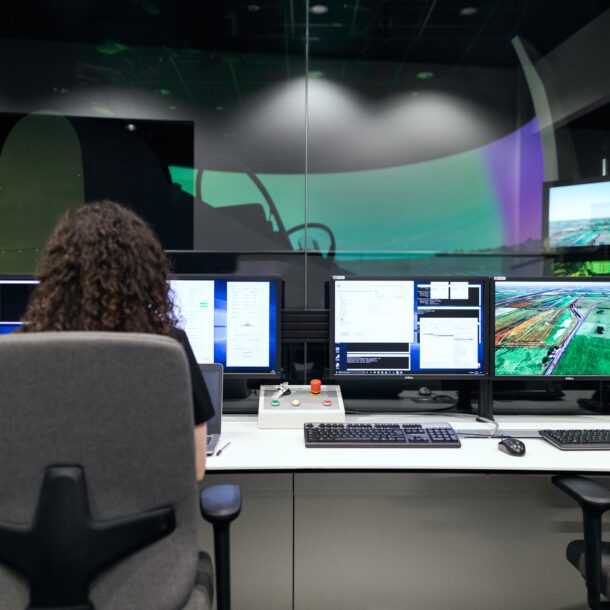
- +41 41 201 88 44
- [email protected]
- Mon-Fri 8am - 6pm
Imagine that you have a brilliant concept for a piece of software that may potentially address a significant issue. Before putting it on the market, your team would put a lot of effort into its development. By releasing an application to your consumers with a bug that your team overlooked during development, you cannot jeopardise your reputation.
Throughout the whole process of developing a software application, software testing is a key step. It allows project teams to guarantee that the software generated satisfies the required specifications without any flaws before release by checking, verifying, and validating its functioning.
Depending on the use case, timetable, and money, both manual and automated testing are employed today to provide high-quality products to clients. At first, software testing was done manually, with no use of tools, software, or scripts. Automation testing was later adopted as a result of technological advancements.
In this blog, we will be covering all the details on Manual Testing, its types, and advantages. The blog will be continued in a second part and the article will be linked below.
When performing manual testing, testers go through each use case individually to see if the programme matches end-user requirements without any flaws. Documents that were manually prepared are used to report the defects and feature issues that have been found. Depending on a manual tester’s knowledge, abilities, and experience will determine how successfully the essential features are validated.

Everything, including the formulation of test cases and their execution, is handled by analysts and QA engineers. Manual testers build the testing environment and develop test cases when they have a clear understanding of the goal of the application being tested.
Each test’s status is noted, and everything is thoroughly recorded. In rare circumstances, the testers may go above and beyond the test to determine the reason a test case failed. Following completion, they produce reports listing all the problems and flaws discovered. Depending on the quantity of skipped and failed tests, these reports also indicate the status of any replays that are necessary.
Steinentorstrasse 35 , 4051 Basel, Switzerland